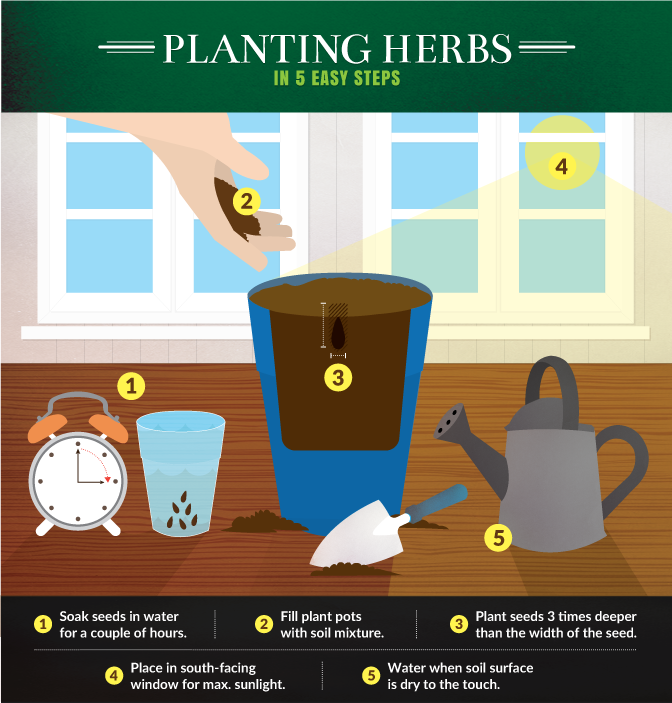Ashley Furniture Clearance Sales 70% OFF: Up to 50% 70% OFF Select Items for Living room + Home furniture. Free Shipping Redeem thisAshley Furniture coupon and get Up to 50% OFF Select Home Decor + Free Shipping On Many Items
There’s a reason why herb gardens are often called ‘kitchen’ gardens. Firstly, they can be grown right in your kitchen, indoors, any time of year! And secondly, it seems natural for cooks and gardeners to want to grow the freshest plants possible for their culinary experience. The best part is you don’t need a lot of space indoors to enjoy a thriving herb garden that adds value to your dishes.

1. Thyme
One of my favorite herbs in the garden, thyme is semi-evergreen in many gardening zones and creates a beautiful ground cover. It’s perfect for tucking into a cottage garden space under and around larger herbs. You can sprinkle seeds in early spring or fall outdoors, or plant starts in the spring.
Thyme has a great flavor and beautiful, fine-cut foliage. You can cut stems off as needed. In the kitchen, thyme is super-flexible. Lemon thyme has a citrusy zest and is great with fish and other meats. Regular thyme has a wide variety of uses in tea, jelly, stews, stuffing, meatloaf, and in vegetable dishes like stuffed veggies or salads.
2. Chives
Another great herb is chives. You can harvest chives as needed throughout the entire growing season. They are easy to grow because you can either start the plants from seed or get clumps of divided plants from fellow gardeners. They aren’t fussy in the garden as long as they don’t get too hot.
Use chives in the kitchen to add a mild onion flavor to any dish. It’s great in stir-fry, with cream cheese, mixed into butter, and on top of soups or baked potatoes. A little-known secret about chives is that the beautiful purple flowers are also edible – pick and crush a few to accent a creamy potato soup or sprinkle over a salad.
3. Mint
No herb garden conversation is complete without a mention of delicious and easy-to-grow mint. Mint is so easy to grow, in fact, that it will often spread through the semi-shade areas of the garden. If you want it to stay in one place, I recommend growing mint in containers.
I love adding mint to desserts, liqueurs, homemade teas, and as a flavoring in jelly. Last year I made a delicious wild plum and mint jelly; having the fresh mint growing right in the garden made it so easy to make. My kids love making sun tea in the summer and we always add a couple sprigs of mint to the jar to flavor it naturally.
4. Sage
Sage is another great herb that belongs in every herb garden. Sage is a drought-tolerant plant, which makes it good for growing in containers or raised beds. Because it is a perennial, it will often survive for a couple years in the home garden. I love that sage is available in colored and variegated forms, making it an eye-catching accent in the garden, and the textured leaves are always attractive.
Sage has a very earthy, rich flavor, especially when gathered fresh from the garden. It’s a must-have for homemade stuffing, chicken dishes, and vinegar infusions. If you harvest more than a fourth of the fresh leaves from the plant at any given time you risk killing the plant, so harvest just a few branches at a time and let the rest continue to grow.
5. Basil
Oh, how I adore basil! There are so many varieties for a mixture of looks in the garden. You can find basils with dark purple leaves, large green leaves, and small, fine-cut leaves that make them valuable additions to the landscape. If you don’t always pinch off the blooms, you’ll have pretty flowers also, although pinching them off will make the flavor in the leaves stronger.
Basil is an amazing herb to use – especially when you can get it fresh from the garden. A favorite classic basil dish is homemade pesto. It’s a must in almost every Italian dish and adds a really fresh flavor to salads, tomatoes, omelets, stir-fry dishes, and more.
No comments:
Post a Comment